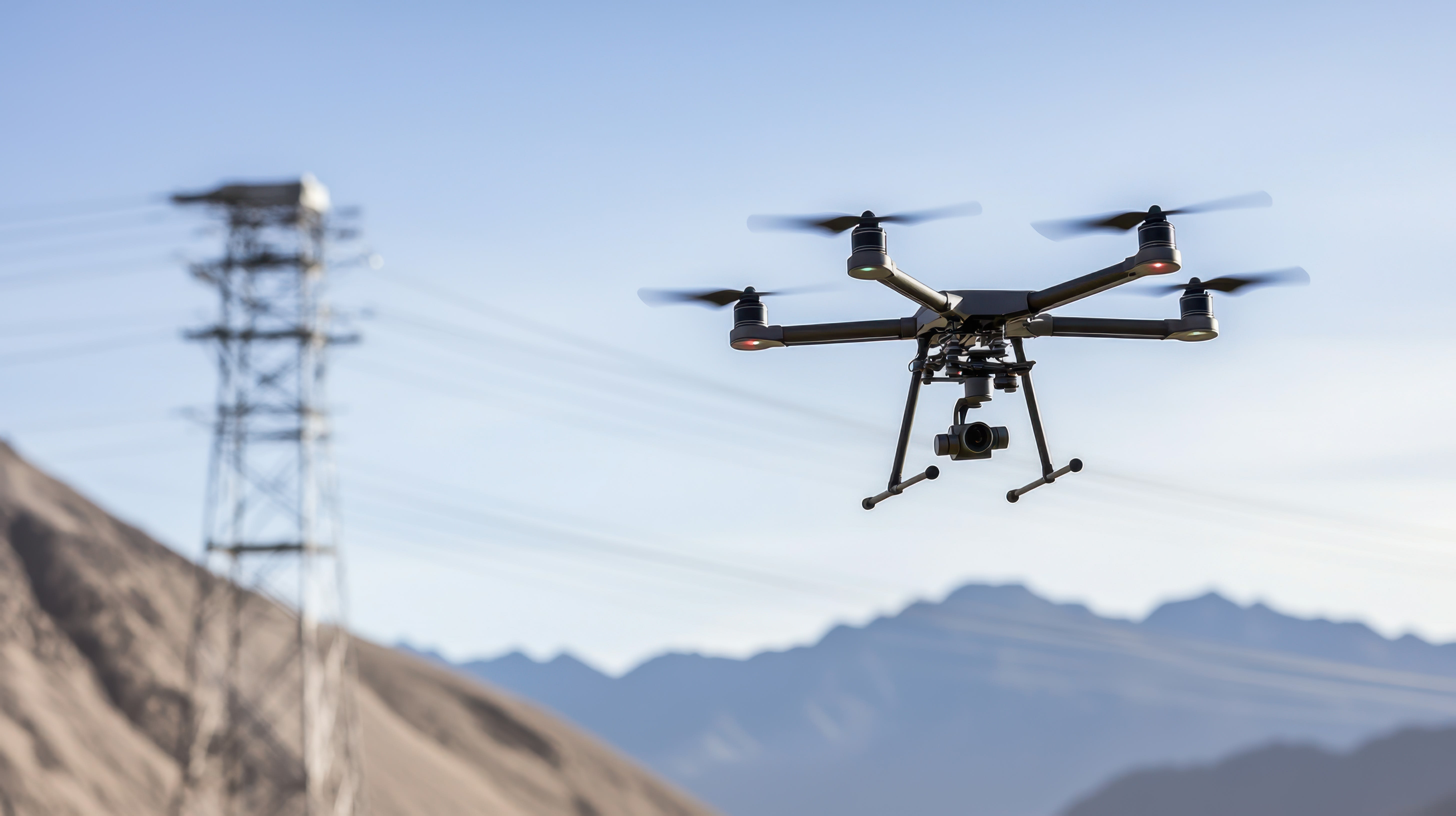
In the utility industry, safety and efficiency are always top of mind, especially when it comes to capturing field data. Whether it's a substation, pump station, or underground vault, many environments pose access and safety challenges. That's why utility teams are increasingly turning to autonomous scanning to transform how they collect site information.
Reducing Risk with Smarter Tools
Traditional scanning methods often require field crews to enter confined or hazardous spaces, navigate active infrastructure, or work in high-traffic areas. With autonomous scanners like the Leica BLK ARC, those risks are significantly reduced. These systems can capture highly accurate data on their own, allowing crews to stay clear of dangerous zones while still getting the full picture.
Minimizing Disruption to Operations
One of the biggest advantages we’ve seen with autonomous scanning is the ability to work with less disruption. Instead of shutting down areas or coordinating large field crews, scanning can happen quickly and quietly, sometimes even during normal operations. The data is reliable, and there’s less need for repeat visits or rework.
Better Data, Faster Decisions
The scans produced by these systems are detailed and consistent, providing design and engineering teams with the information they need immediately. That means faster project turnaround times and more confident decision-making across the board.
Helping Utilities Integrate the Tech
At IMAGINiT, we work closely with utility teams to implement autonomous scanning in a way that aligns with their workflows.
Autonomous scanning is helping teams increase safety, reduce disruption, and collect data more efficiently and we’re here to help make that transition as smooth and effective as possible.























